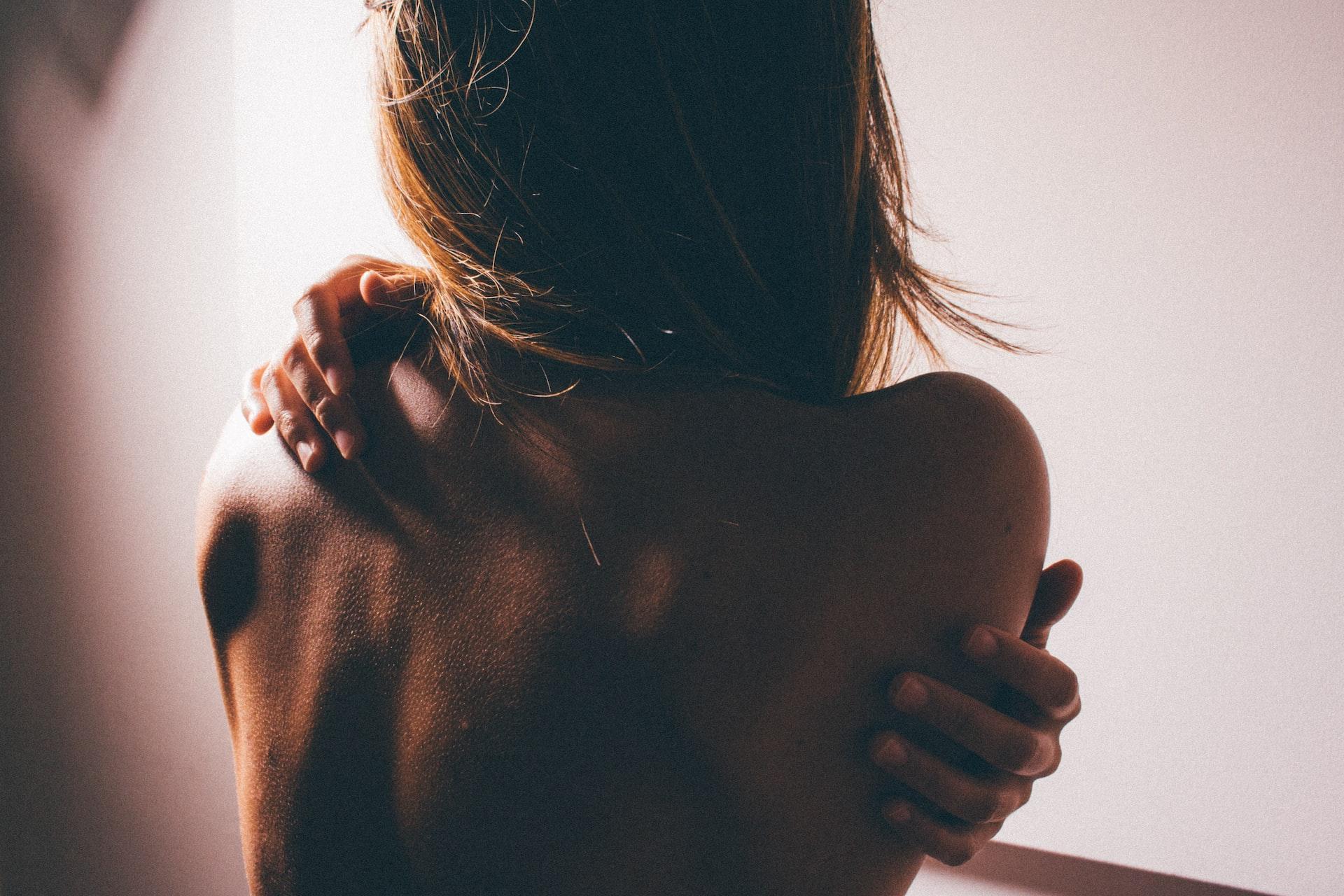Imagine the feeling of itchiness and a burning sensation along the breast crease beneath your breasts. This is the symptom of a common condition called Underboob rash. According to a study, an estimated two-thirds of women are affected by this rash at some point in their lives. And it can be a real nuisance. However, understanding what causes underboob rash and taking proactive steps can help to reduce its symptoms.
But what is Underboob Rash exactly, and how do you prevent it? Let’s break it down.
What is an Underboob rash?
Underboob rash is an inflammatory skin condition in which the skin beneath a person’s breasts becomes irritated and inflamed. It can cause itchiness, redness, and burning sensations. In addition, the area may appear scaly or flaky.
Causes of underboob rash
Underboob rash is typically caused by friction between skin and fabric, such as a bra or clothing that rubs against the area beneath the breasts.
Other causes include sweat accumulation, bacteria build-up, and allergies to certain skin products.
In addition, menopausal women may be more prone to experiencing underboob rash due to hormonal changes. However, any person may experience the condition.
Ways to prevent Underboob rash
To help prevent underboob rash, it’s important to wear breathable fabrics and clothing that fit properly. It is also wise to keep the area beneath the breasts dry, clean and well-ventilated.
Additionally, avoiding tight-fitting bras or clothing is recommended. Furthermore, switching to hypoallergenic soaps and skin care products can reduce the risk of underboob rash.
Nonetheless, it is important to remember that everyone has their own unique body chemistry, and some people may experience the rash even if they take preventive measures.
Remedies to prevent underboob rash
If you get an underboob rash, many simple home remedies can help relieve the itchiness and discomfort. Here’s a list of some of the most effective remedies for underboob rash:
Cool compresses
Applying a cool compress to the affected area can help soothe and reduce inflammation.
Oatmeal bath
Soaking in an oatmeal bath can provide relief.
Antihistamines
Taking antihistamines like Benadryl can help reduce itching.
Creams
Over-the-counter creams and ointments, such as hydrocortisone cream, can help reduce inflammation and itchiness.
Avoid rubbing
It’s important to avoid scratching or rubbing the affected area, as this can aggravate the rash and make it worse.
Vitamin E
Applying Vitamin E oil can help reduce inflammation and itchiness.
Loose clothing
Wearing loose-fitting clothing can help prevent the rash from worsening.
See a doctor
If the rash persists or worsens, see your doctor for additional treatment.
Avoid triggers
Avoiding activities that can trigger the rash, such as wearing tight clothing or sweating, is important.
Keep it clean
Maintaining good hygiene practices, such as washing the affected area regularly and applying antiseptic cream or powder, can help prevent infection.
Moisturize
Applying a moisturizer can help keep the skin hydrated and reduce itchiness.
Allergens
If you suspect allergies may cause your underboob rash, consider seeing an allergist for further evaluation.
Change your diet
Eating a healthy, balanced diet and avoiding foods that may trigger the rash can help lessen symptoms.
Stress reduction
Reducing stress through exercise, mindfulness practices, and adequate sleep can help reduce symptoms of underboob rash.
Stay cool
Staying cool and dry can help prevent the rash from worsening.
Natural remedies
Some natural remedies, such as witch hazel and aloe vera, may help reduce inflammation and itchiness associated with the rash.
Sunscreen
Applying sunscreen to the affected area can protect it from further irritation.
Change bras
Consider wearing a different bra or switching to a material that offers better breathability and less friction.
Organic fabrics
Try wearing clothing made of organic fabrics, which will provide more breathability and less irritation.
Lifestyle changes
Making lifestyle changes, such as maintaining good hygiene practices and wearing the right clothing, can help reduce the chances of experiencing underboob rash.
If home remedies don’t work, contact your doctor for additional treatment options. With the right treatment, an underboob rash can be easily managed.
It’s also a good idea to take steps to prevent the rash from reoccurring. Wear clothing that fits properly, keep the area dry and clean, and use sweat-wicking fabrics to help reduce the risk of an underboob rash. You can keep your skin healthy and free from irritation with a few simple steps.
Final words
Finally, if you have any questions or concerns about an underboob rash, it’s important to contact your doctor for professional advice. They can provide you with personalized treatment options and help you manage your condition more effectively. With the right treatment, an underboob rash can be easily managed. So, don’t suffer in silence – seek medical advice!
Good luck, and stay healthy!
